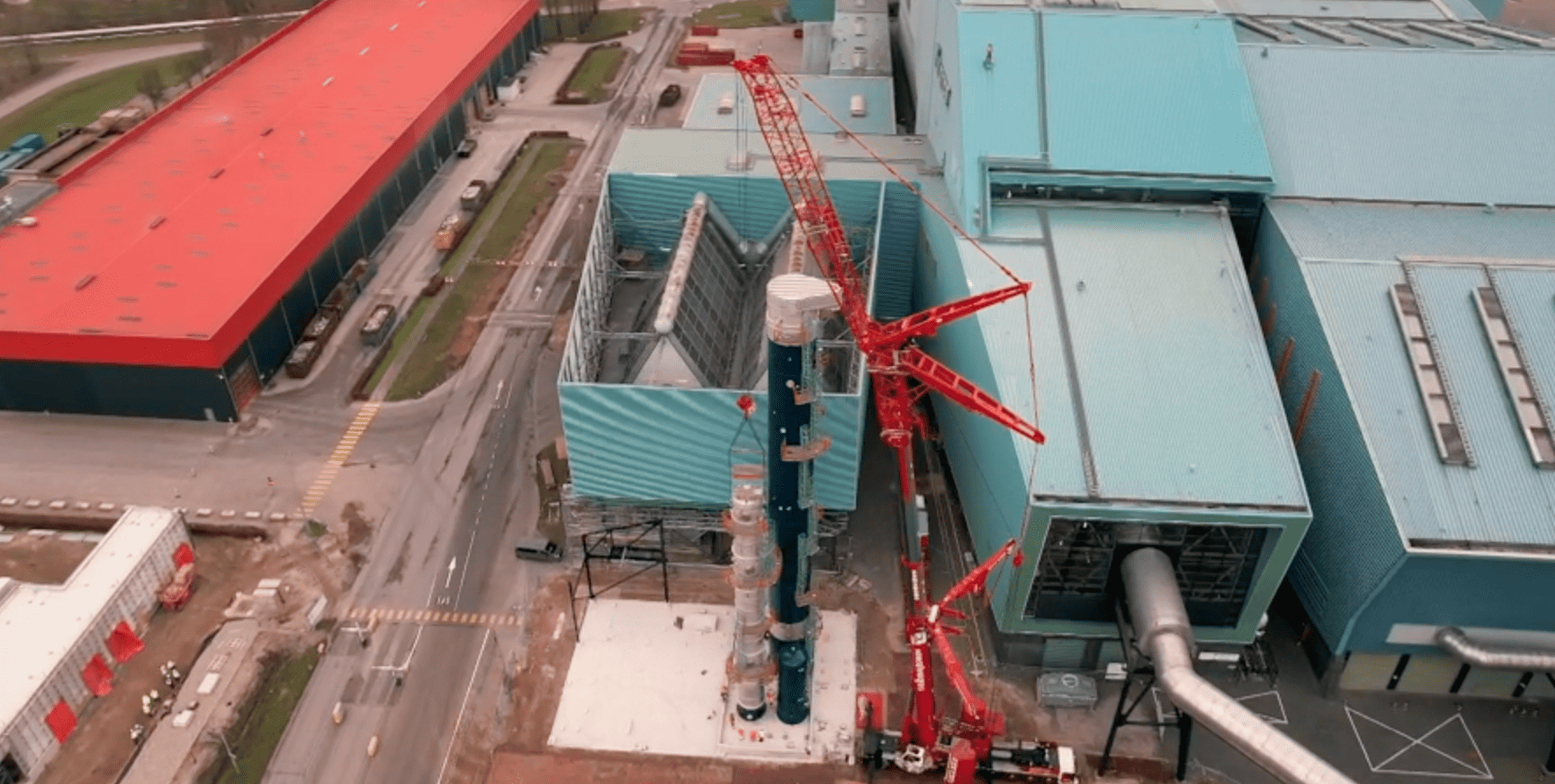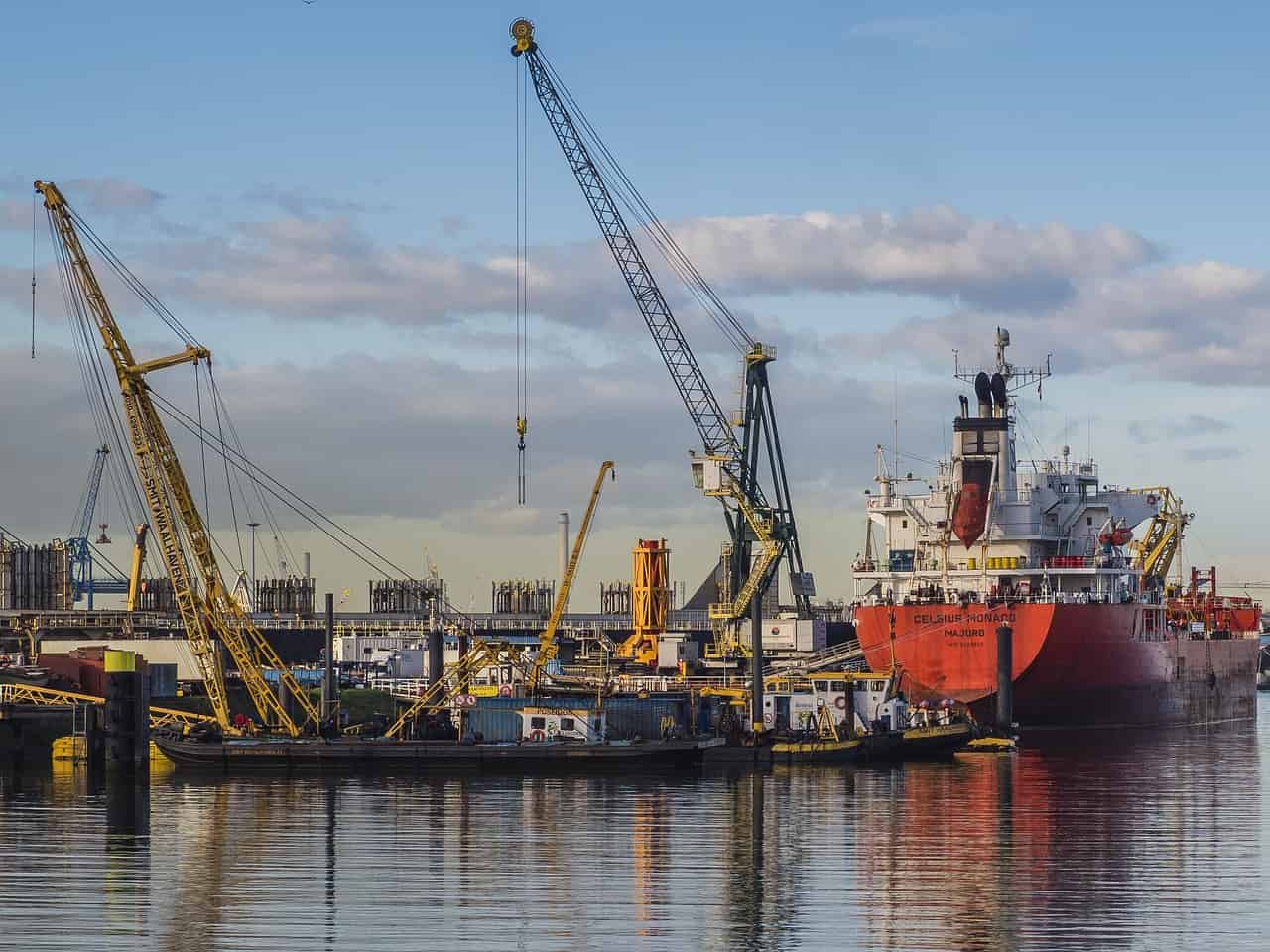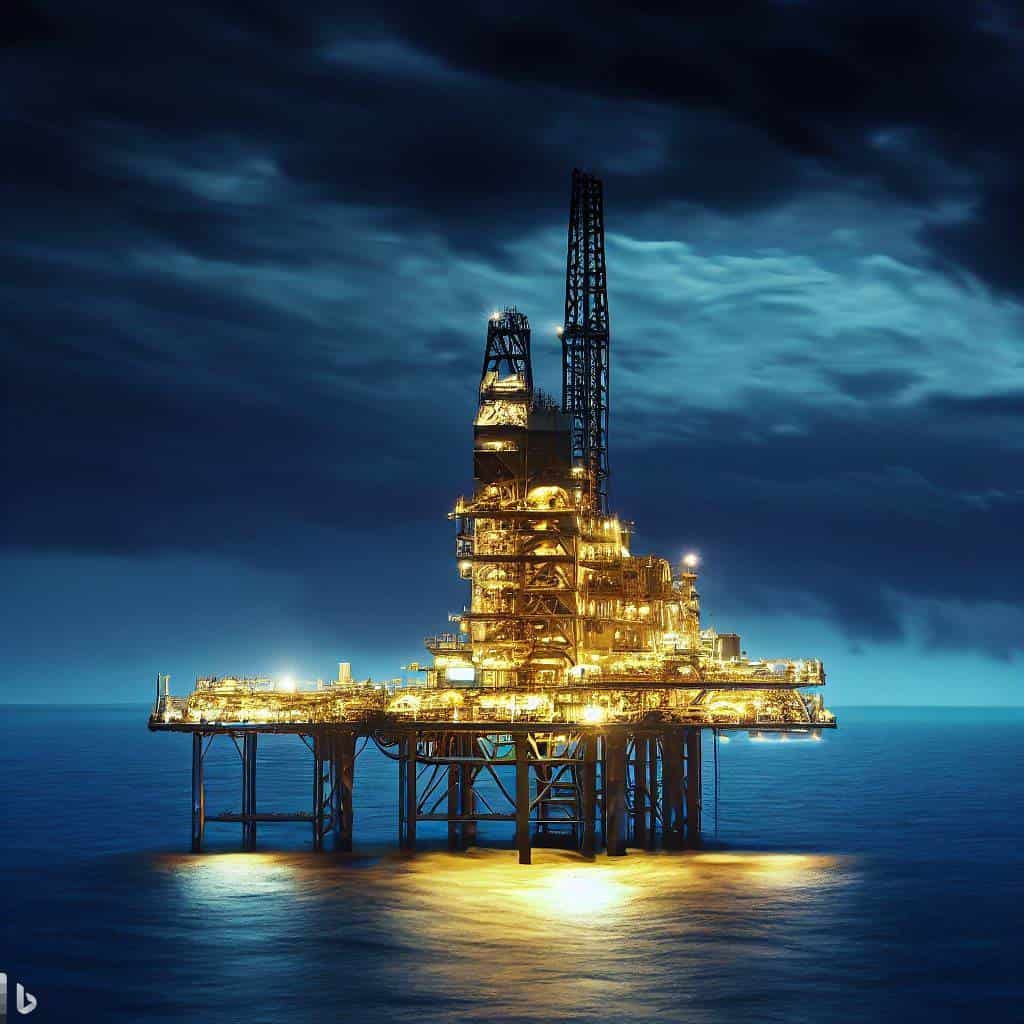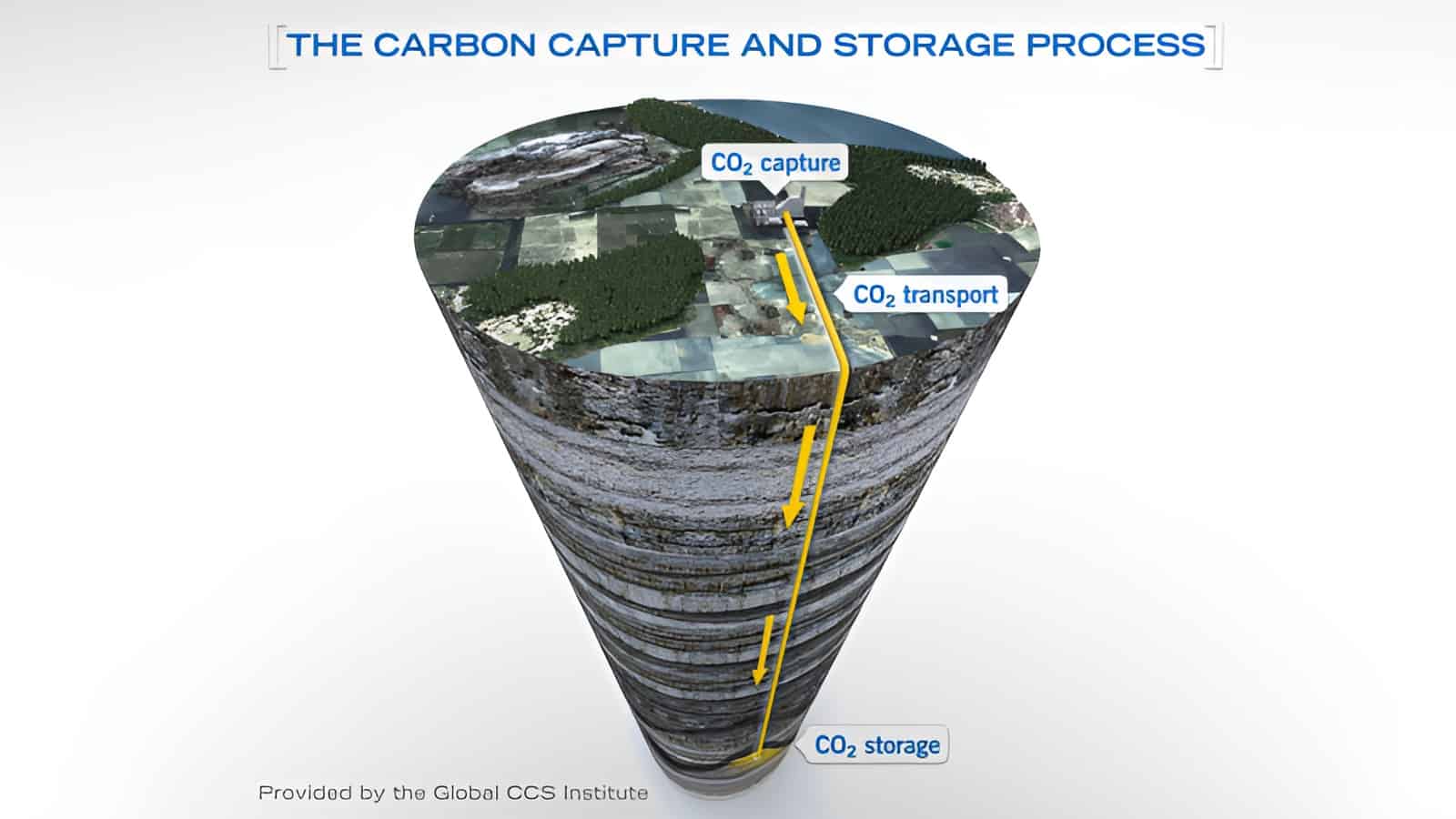
Aker Carbon Capture has been selected to carry out a feasibility study on carbon capture at a significant waste-to-energy facility in France. The facility aims to capture about 200,000 tonnes of CO2 per year, contributing to France’s goal of reaching net-zero greenhouse gas emissions by 2050. The study will focus on finding the best CO2 capture solution for the facility. This follows Aker’s successful delivery of Just Catch units to the Netherlands for Twence. The captured CO2 will be used across various industries, including greenhouse agriculture and dry ice production. Twence is now researching the production of formic acid from CO2, a potential energy carrier for water transport and energy storage.
- Aker Carbon Capture studies CO2 capture in a French waste-to-energy plant.
- Twence in the Netherlands pioneers CO2 capture, utilization in various industries.
- Circular economy transforms CO2 into a resource, advancing sustainability.
Aker Carbon Capture and its Just Catch units
As the fight against climate change intensifies, carbon capture technology is emerging as a key player. The most recent focus is on the waste-to-energy sector. With carbon capture it is possible to take what was once pure waste and turn it into a valuable resource.
Aker Carbon Capture has been gaining traction in the carbon capture industry with their Just Catch units. These modules are designed to capture CO2 emissions from waste-to-energy facilities. One such unit is already in operation at a Twence waste-to-energy facility in the Netherlands, capturing 100,000 tonnes of CO2 per year. The captured CO2 is then utilised in the greenhouse horticulture sector, thus turning emissions into a valuable resource.
France’s Plan for Carbon Neutrality and the Role of CCUS
France’s heightened focus on carbon capture technology is part of its broader strategy to achieve net-zero greenhouse gas emissions by 2050. The country’s waste management industry alone was responsible for 18.09 million tonnes of CO2 emissions in 2021, making it a prime target for carbon capture technology.
As part of France’s Carbon Capture, Usage, and Storage (CCUS) Strategy, the government plans to capture and store up to 8.5 million tonnes of CO2 emissions per year by 2030. The feasibility study Aker has been awarded will help identify the most effective CO2 capture and compression solution for the facility in question.
Twence: Pioneering CO2 Capture and Utilisation
Twence, a waste management company from the Netherlands, is also working towards making CO2 capture and utilisation more widespread. The company has been using captured CO2 as a raw material since 2014, converting it into sodium bicarbonate for gas cleaning, a process that won them an international innovation prize in 2018.

Twence’s ambition is to build a large-scale capture plant to capture and reuse 100,000 tonnes of CO2 annually. They are exploring high-value applications for CO2, such as building materials and chemicals. In addition, they are also researching the production of formic acid from CO2, which can be used as an energy carrier for water transport and energy storage.
Future Implications and Potential
The projects undertaken by Aker and Twence not only demonstrate the potential of carbon capture technology but also highlight its viability. The feasibility study in France will help to further understand the potential of this technology and how it can be scaled up to meet the ambitious carbon capture goals set by the country.
Overall, these projects underline the importance of a circular economy in combating climate change. By capturing and reusing CO2, we can turn a major contributor to global warming into a valuable resource, thereby closing the loop and moving towards a more sustainable future.







